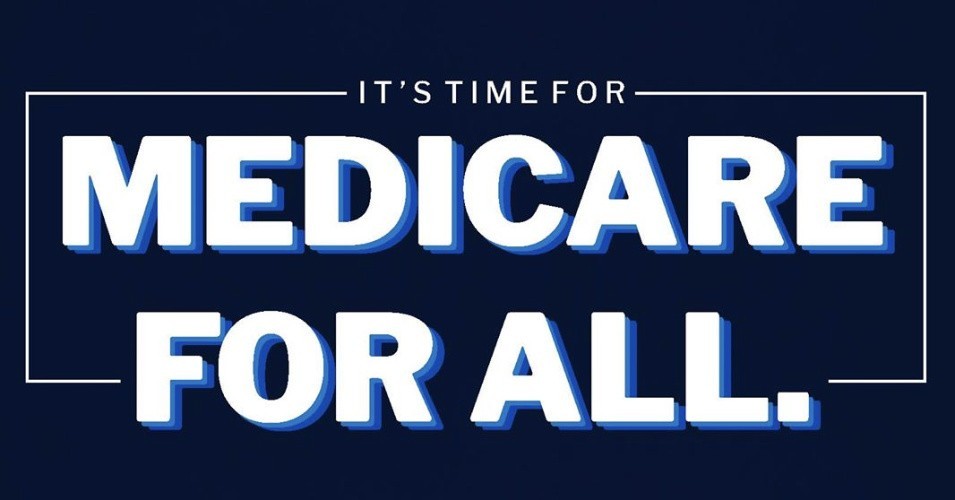Single Payer Health Care Plan
Healthcare is a popular topic for debate in the United States as it consistently underperforms and overcharges in comparison to the healthcare systems of other countries. However, with the current coronavirus outbreak, the question of who will be covered has suddenly become a nationwide problem. As businesses lose capital from quarantine, the once secure employees are suddenly vulnerable to losing their health insurance that was provided by their employers. Furthermore, worries arise about how insurance companies will fair as the healthy/sick ratio changes and about the increasing pressure that is being placed on hospitals. While President Trump, some insurance companies, Medicare, and Medicaid have attempted to lower or waive the price of coronavirus testing and treatment, the costs for the uninsured remain uncertain. This is dangerous when dealing with a highly contagious disease whose victims need to be swiftly identified and quarantined. To be frank, single-payer healthcare is not some form of a magical solution that will make all the healthcare problems of the United States disappear, but it is clear that the healthcare system of the United States needs to undergo change. Single-payer healthcare is simply one of the most valid options available for the United States to transition to. This website will focus on four major areas of single-payer healthcare:
- History of social programs in the United States and how this reflects on single-payer healthcare
- How single-payer healthcare was implemented in other countries
- The problems hindering the implementation of single-payer healthcare in the United States
- A plan for the implementation of single-payer healthcare in the United States
